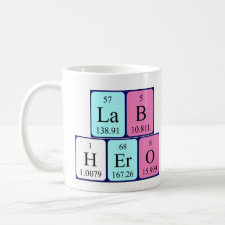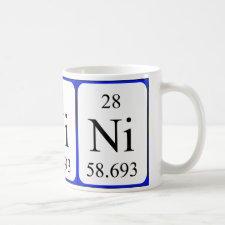
Authors: Mousavi-Qeydari SR, Samimi A, Mohebbi-Kalhori D, Ahmadi E
Article Title: A mesoporous melamine/chitosan/activated carbon biocomposite: Preparation, characterization and its application for Ni (II) uptake via ion imprinting.
Publication date: 2021
Journal: International Journal of Biological Macromolecules
Volume: 188
Page numbers: 126-136.
DOI: 10.1016/j.ijbiomac.2021.08.020
Alternative URL: https://www.sciencedirect.com/science/article/pii/S0141813021016792
Abstract: A novel imprinted biocomposite and its non-imprinted form were developed by melaminating and crosslinking of chitosan coated onto a bio-based activated carbon and characterized using FTIR, BET, FESEM-EDS and XRD. Nickel, 4-Toluenesulfonyl chloride, and glutaraldehyde were used as a template, converter of hydroxyl and amine groups to good leaving groups, and cross-linker, respectively. The factors affecting adsorptivity and imprinting factor were optimized by using the Taguchi method for the subsequent comparative adsorptivity, kinetics, isotherms, selectivity, and reusability studies of imprinted biocomposite with its non-imprinted one. The pseudo-first-order and Langmuir models were best fitted to the experimental kinetics and equilibrium isotherm data, respectively. The maximum Ni (II)) adsorptivity of 109.86 mg/g, the imprinting factor (IF) of 5.45 and Ni (II) selectivity coefficients values of 3.13, 4.48, 3.72, 2.51 for Ni (II) toward Zn (II), Cd (II), Cu (II) and Pb (II), respectively, were obtained at optimum conditions. After five consecutive adsorption-desorption cycles, the biocomposites still presented a high adsorptivity (>83%), indicating their excellent reusability
Template and target information: nickel ion, Ni(II)
Author keywords: Ni (II)-imprinted chitosan-based biocomposite, Taguchi method, selectivity



Join the Society for Molecular Imprinting

New items RSS feed
Sign-up for e-mail updates:
Choose between receiving an occasional newsletter or more frequent e-mail alerts.
Click here to go to the sign-up page.
Is your name elemental or peptidic? Enter your name and find out by clicking either of the buttons below!
Other products you may like:
 MIPdatabase
MIPdatabase









